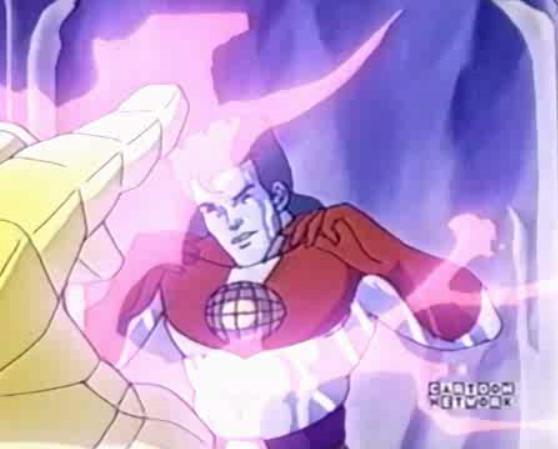

The energetic impacts of the smaller planetesimals will heat up the growing planet, causing it to at least partially melt. Meanwhile, protoplanets that have avoided collisions may become natural satellites of larger planets through a process of gravitational capture.

Thereafter there still may be many protoplanets orbiting the star or each other, but over time many will collide, either to form a single larger planet or release material for other larger protoplanets or planets to absorb.

When the protostar has grown such that it ignites to form a star, its solar wind blows away most of the disc's remaining material. This serves to increase the capture rate of the planetesimals by a factor of ten. After a planet reaches a diameter larger than the Earth's moon, it begins to accumulate an extended atmosphere. These concentrations become ever more dense until they collapse inward under gravity to form protoplanets. Instead, these remnants become a thin, protoplanetary disk of dust and gas revolving around the protostar and begin to condense about local concentrations of mass within the disc known as planetesimals. The prevailing theory is that they are formed from those remnants of a nebula that do not condense under gravity to form a protostar. It is unknown with certainty how planets are formed.


 0 kommentar(er)
0 kommentar(er)
